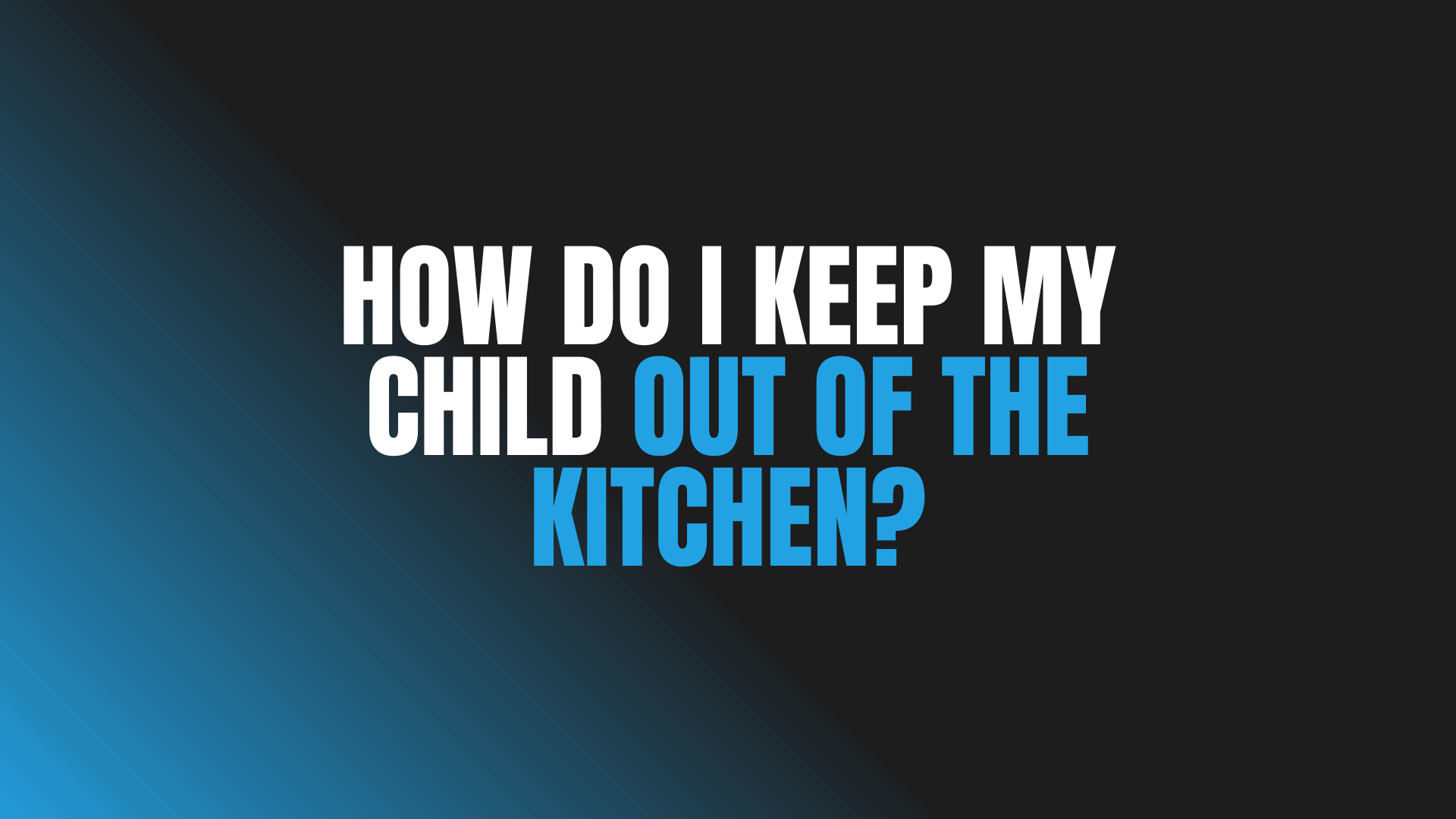
Question: How Do I Keep My Child Out of the Kitchen?
Answer: To help keep your child out of the kitchen use childproof cabinet locks and drawer latches. Install safety gates at the kitchen entrance and create engaging activities elsewhere.
Creating a Child-Safe Kitchen
Keeping children safe in the kitchen presents a common challenge for parents. This article offers practical strategies to create a kitchen environment that minimizes risks and encourages children to explore other areas of the home. We’ll cover establishing clear boundaries, providing engaging alternatives, and adapting your kitchen for enhanced safety.
Understanding Child Behaviour in the Kitchen
Children often view the kitchen as a fascinating hub of activity. The sights, sounds, and smells stimulate their curiosity. They want to participate and imitate adult behaviours. This natural curiosity, combined with a lack of awareness of potential dangers, creates a need for proactive safety measures.
Young children lack the cognitive ability to understand the risks associated with hot surfaces, sharp objects, and heavy appliances. They act impulsively, driven by their desire to explore. Parents must anticipate these behaviours and implement preventative strategies.
Observing your child’s specific interests in the kitchen can inform your approach. Do they gravitate towards colourful ingredients or the clanging of pots and pans? Understanding their motivations helps you create effective diversions.
Click the link to learn more about Blue Kitchen Refacing
Related Article: How Do I Stop My Toddler From Opening Cupboards?
Related Article: What Can I Use Instead of a Baby Gate?
Providing Engaging Alternatives
Redirect your child’s interest to activities outside the kitchen. Set up a play area within sight but separate from the kitchen. This allows you to supervise while they engage in other activities.
Offer age-appropriate toys and activities. Building blocks, colouring books, or a designated play kitchen can capture their attention. Rotate toys regularly to maintain novelty and engagement.
Involve your child in activities outside the kitchen. Reading, playing games, or going for a walk provides quality time and reduces their focus on the kitchen. These activities offer valuable learning and bonding opportunities.
Adapting Your Kitchen for Safety
Install childproof locks on cabinets and drawers containing hazardous items. This prevents access to cleaning supplies, sharp objects, and potentially harmful food items. Choose locks that are easy for adults to operate but difficult for small children to bypass.
Use stove knob covers to prevent accidental ignition. These covers make it challenging for children to turn on the stove burners, reducing the risk of burns and fires.
Keep appliances unplugged when not in use. This prevents children from accidentally turning them on. Store small appliances out of reach to further minimize risk.
Creating a “Yes” Space in the Kitchen
While limiting access to hazardous areas, designate a safe space where your child can participate in kitchen activities. This could be a small table or a designated corner.
Provide safe kitchen tools for exploration. Plastic bowls, measuring cups, and wooden spoons allow them to mimic cooking activities without risk. Supervise closely during these activities.
Engage them in simple, age-appropriate tasks. Washing vegetables, stirring ingredients, or setting the table can foster a sense of involvement and responsibility. This approach promotes learning and connection.
Maintaining Consistency
Consistency reinforces established boundaries. Ensure all caregivers adhere to the same rules and procedures. This creates a predictable and safe environment for the child.
Review safety rules regularly and adapt them as your child grows. As children develop, their understanding and abilities change. Regular review ensures continued safety.
Model safe kitchen practices. Children learn by observing adults. Demonstrating safe handling of kitchen tools and appliances reinforces the importance of safety.
Conclusion
Creating a child-safe kitchen requires a proactive approach. By combining clear boundaries, engaging alternatives, and adapting your kitchen environment, you can minimize risks and encourage exploration in other areas of your home. Remember that consistency and adaptation are key to maintaining a safe and stimulating environment for your growing child. Balancing safety with opportunities for age-appropriate involvement in the kitchen fosters a positive learning experience while prioritizing their well-being.

Blue Malue Get in touch with Blue here.
